Louis Gaidan was a highly regarded post-Impressionist painter known for his light filled landscapes depicting his native southern France. He is associated with the École Provençal, a mid-nineteenth, early-twentieth century movement of artists who favored subjects, including landscape and figurative themes, from the Provence region of France.
Gaidan was born in Nîmes in 1847 to a wealthy family who owned la Banque Gaidan. He studied in Paris with the Academic painter Jean Jalabert and later in Nîmes with the landscape painter Paulin Bertrand. Under the tutelage of Jalabert, Gaidan learned the fine draftsmanship of the Academic tradition and from Paulin Bertrand he was exposed to the painting of landscapes en plein air, or out-of-doors. Bertrand’s warm lively palette and his penchant for the Provençal landscape influenced Gaidan greatly and inform much of his oeuvre.
He debuted at the Salon of the Société des Artistes Français in Paris in 1887 and continued to exhibit annually there until 1903. A man of independent wealth, Gaidan did not need to produce a profuse output of paintings; instead, he leisurely painted landscapes of areas throughout Provence, including Nîmes, Toulon, Hyeres, and Canqueiranne, where he owned the Villa des Agaves. He was civically active in his native Nîmes, was a founding member of the Société des Amis des Arts, donated several works to the local museum, and contributed to the erection of a monument to the French architect Henri Révoil outside of the cathedral.
Of the Post-Impressionists, Gaidan most admired the work of his Provençal compatriot.
Paul Cézanne, who lived in nearby Aix-en-Provence. Gaidan adapted Cézanne’s technique of using small repetitive brushstrokes to create planes of color to produce his own paintings composed of small points of color laid side-by-side to create the appearance of solid form. This divisionist technique, known as pointillism, and most associated with its inventor Georges Seurat, suited Gaidan’s Provençal subject matter, suggesting the scintillating light and heat of the Mediterranean coast.
Paintings in museum collections


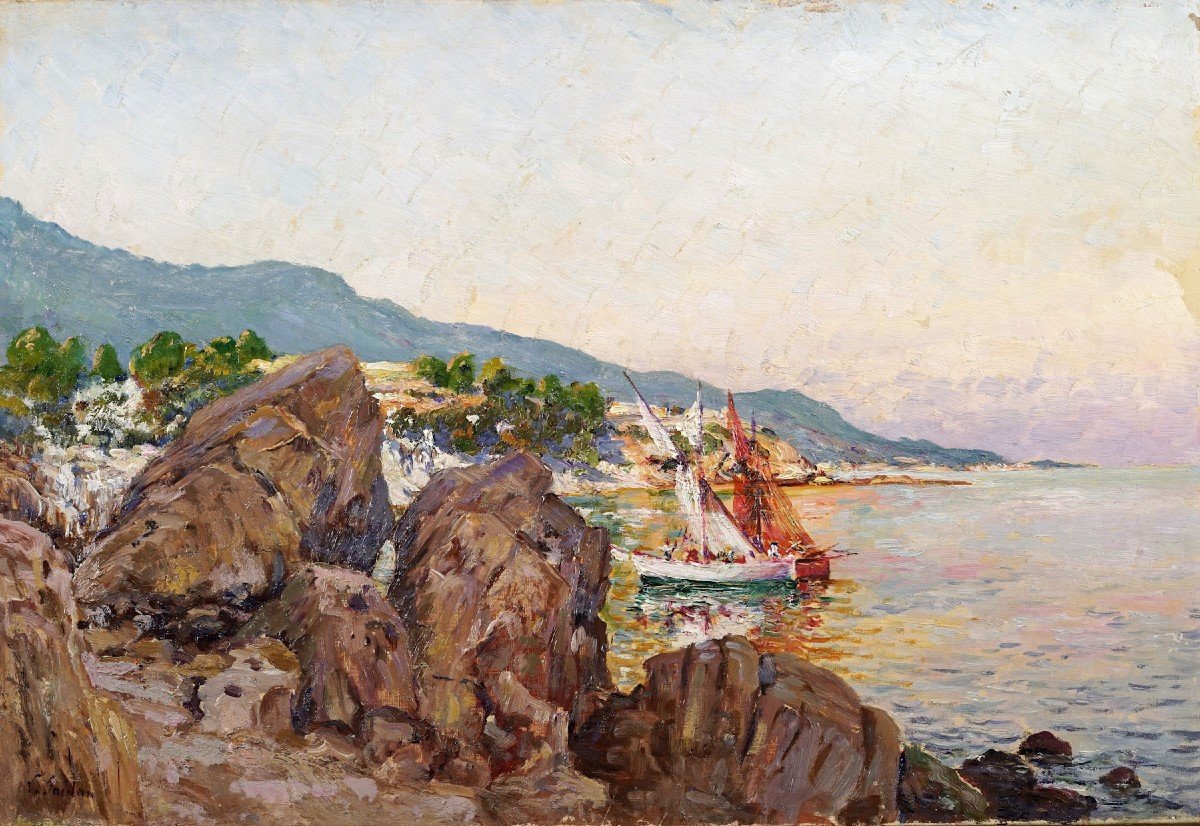
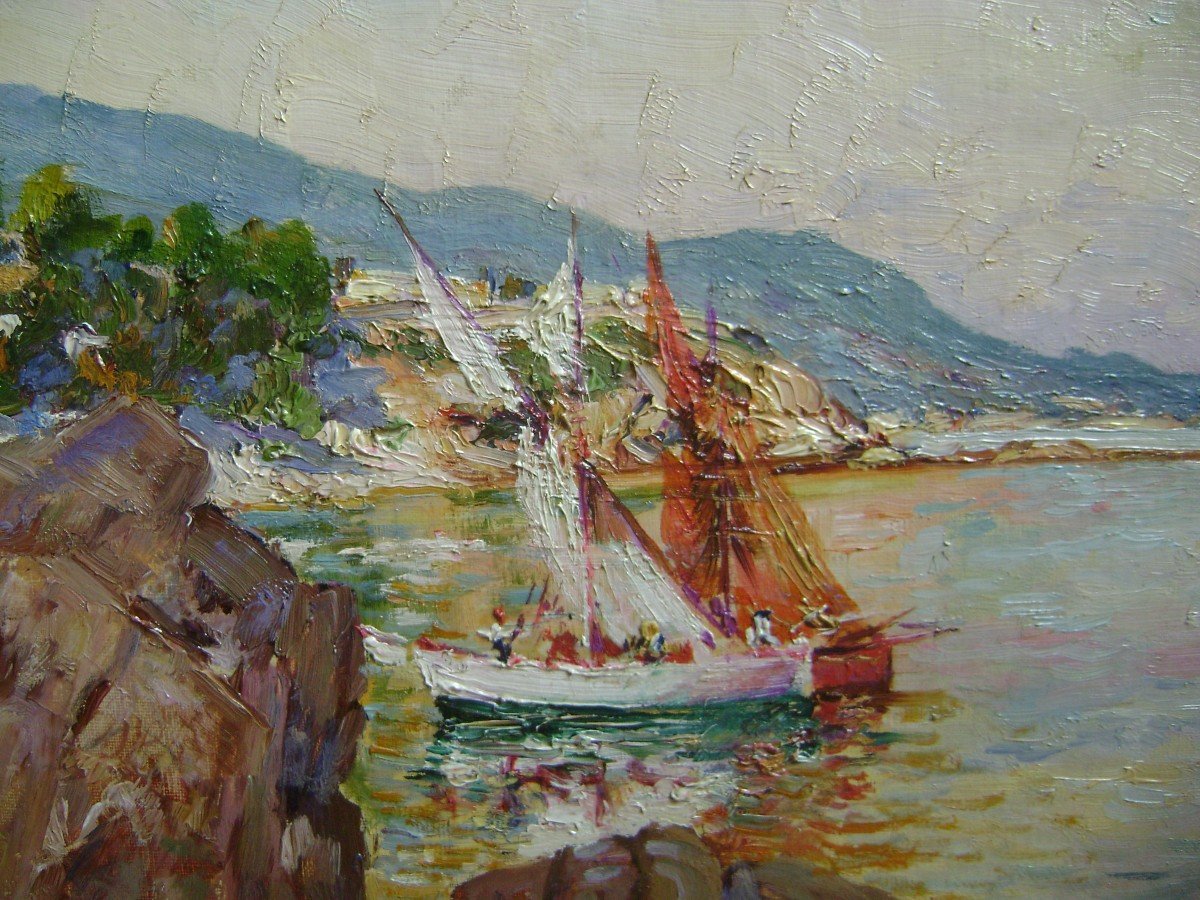
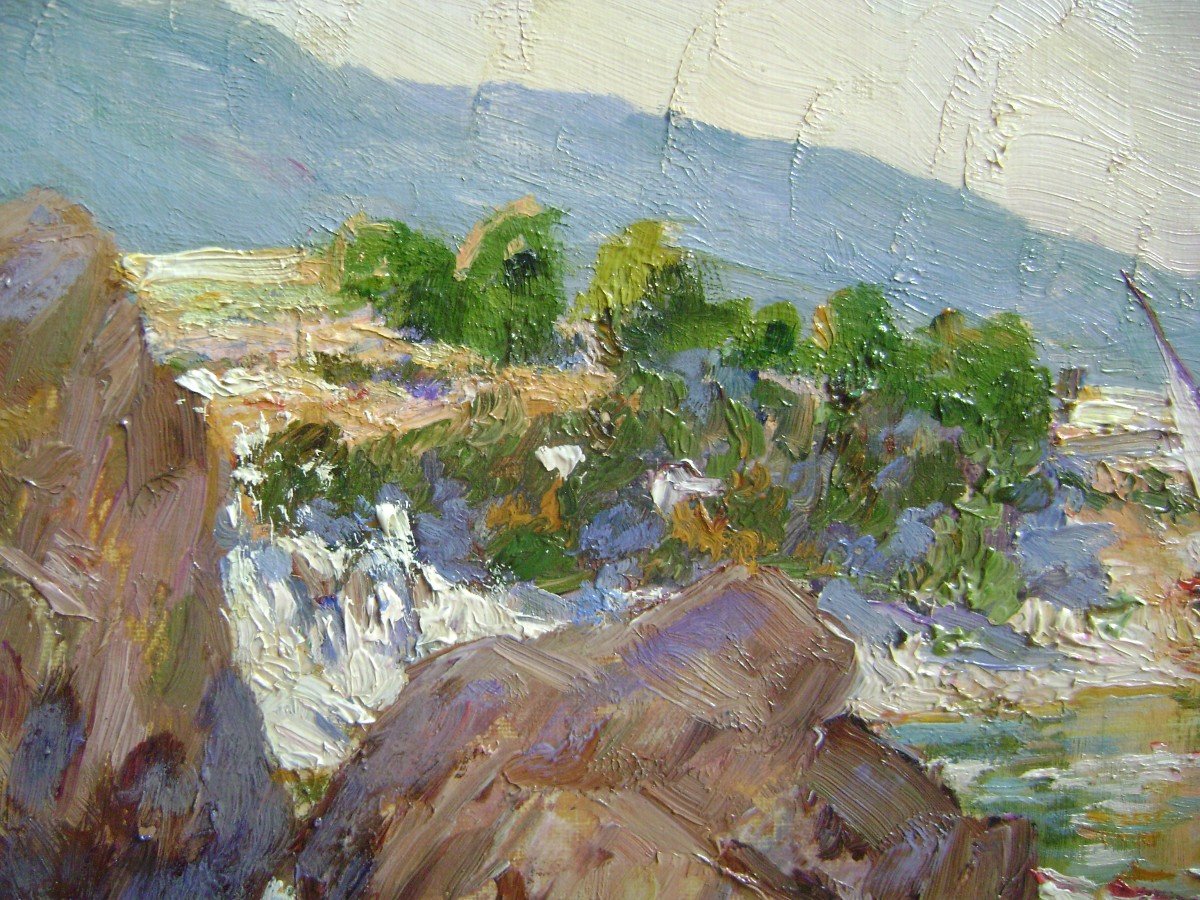
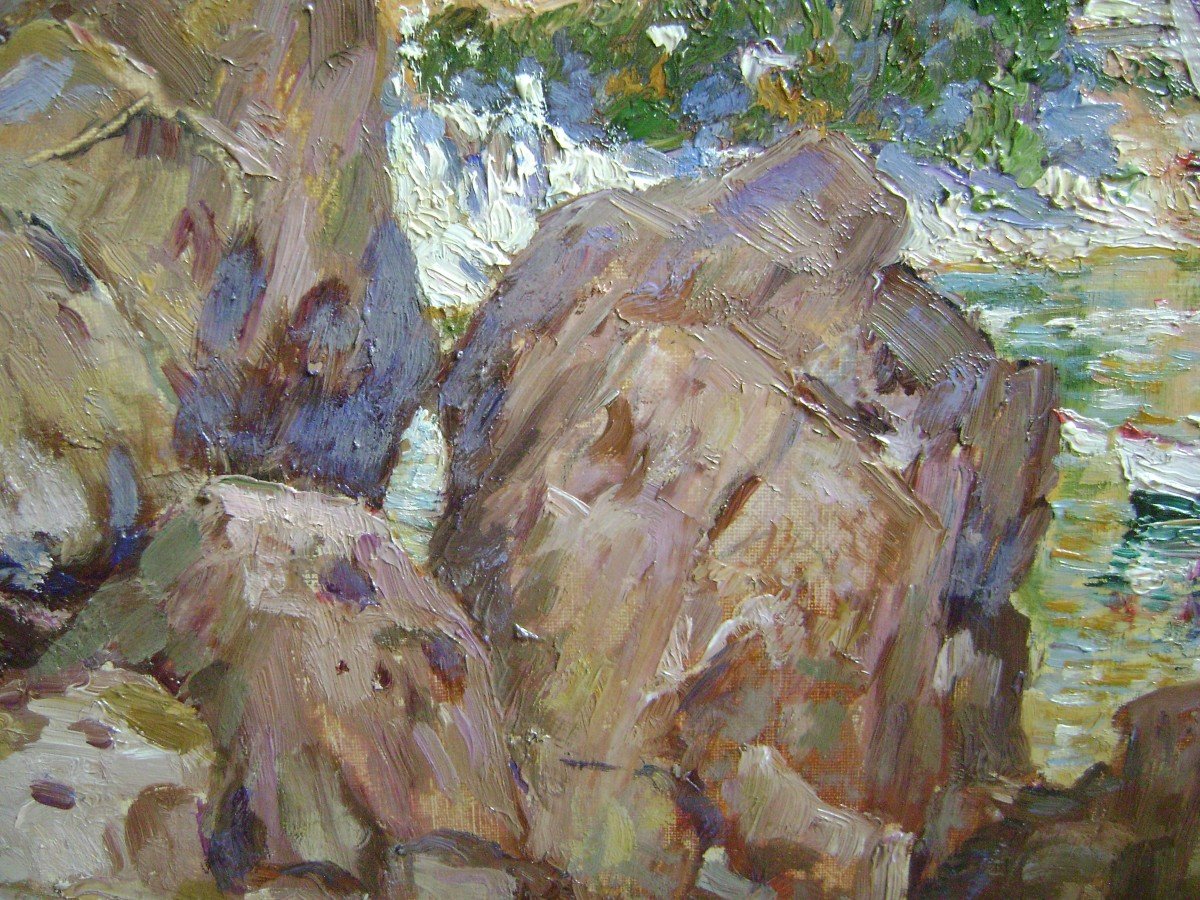
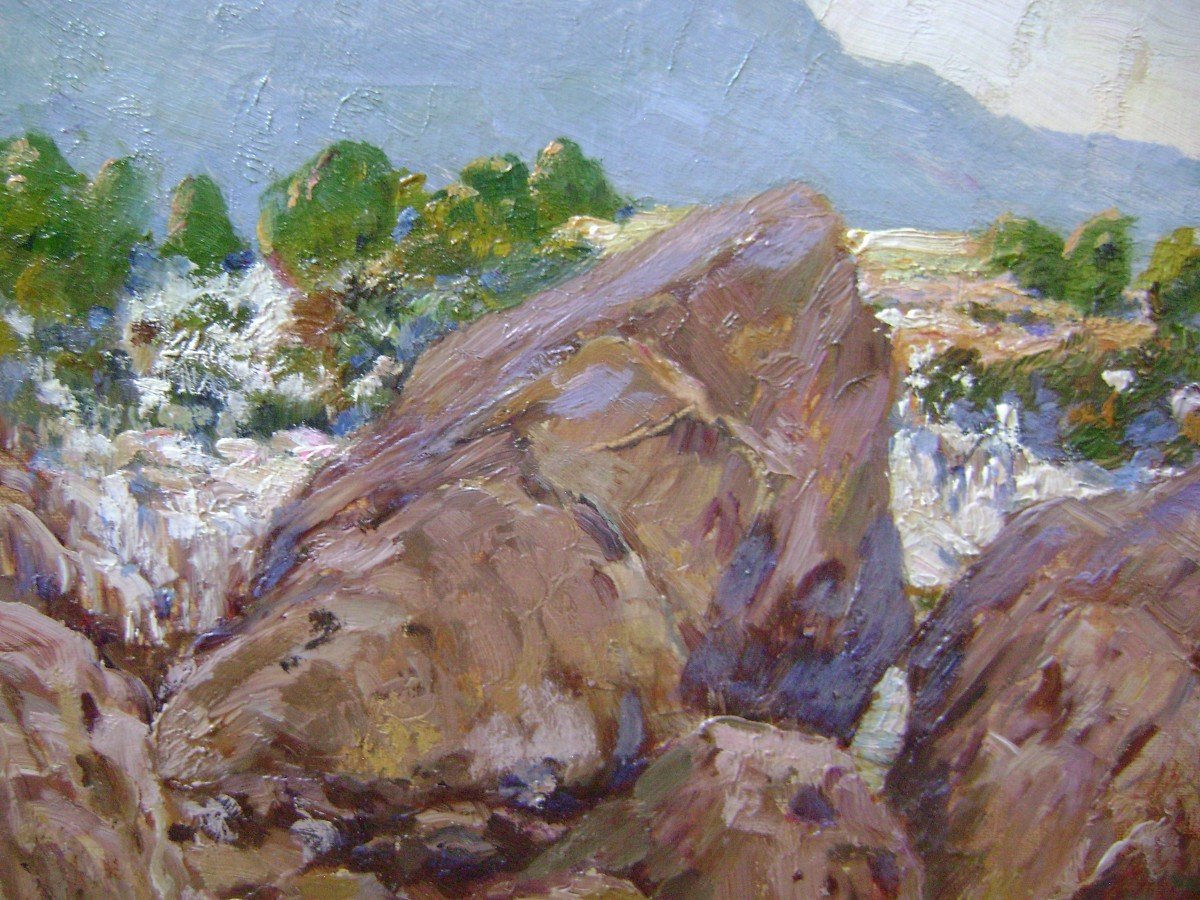
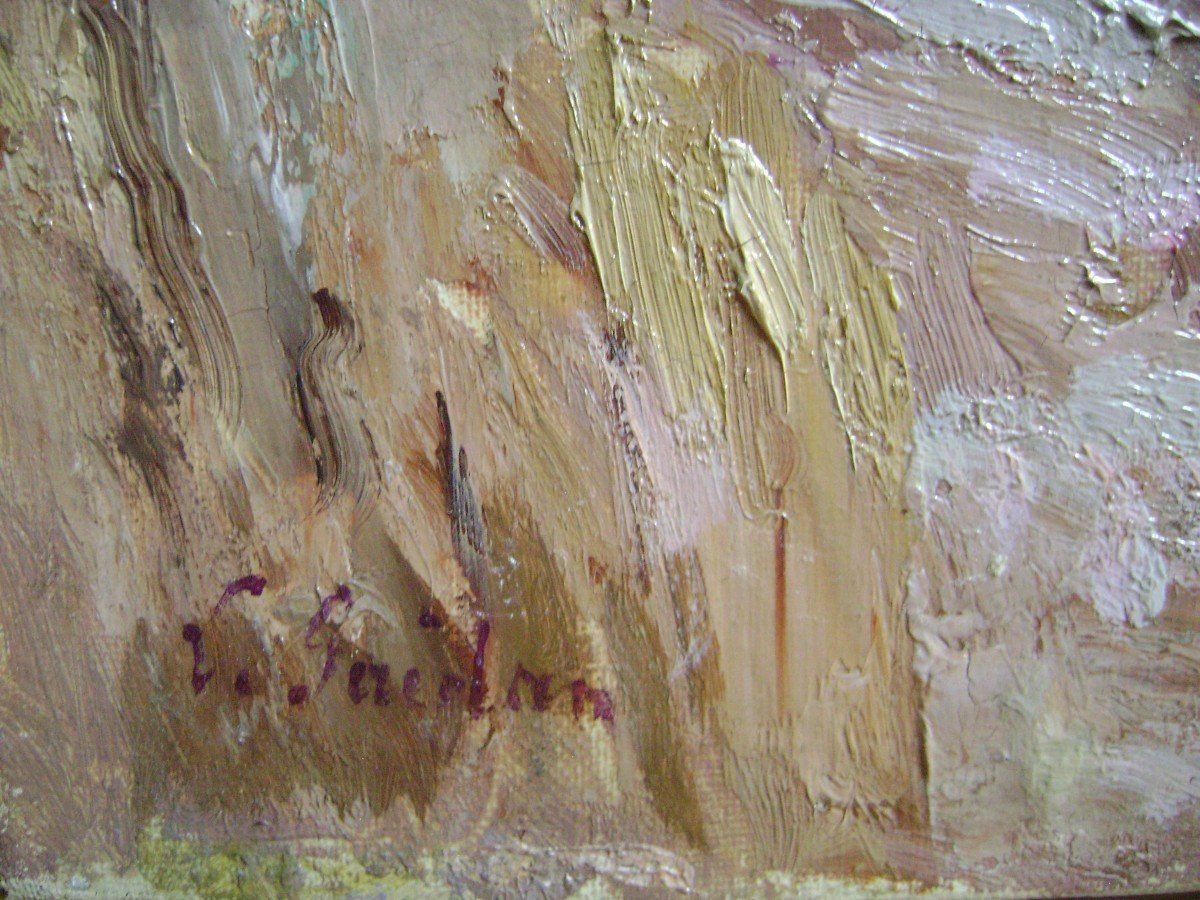
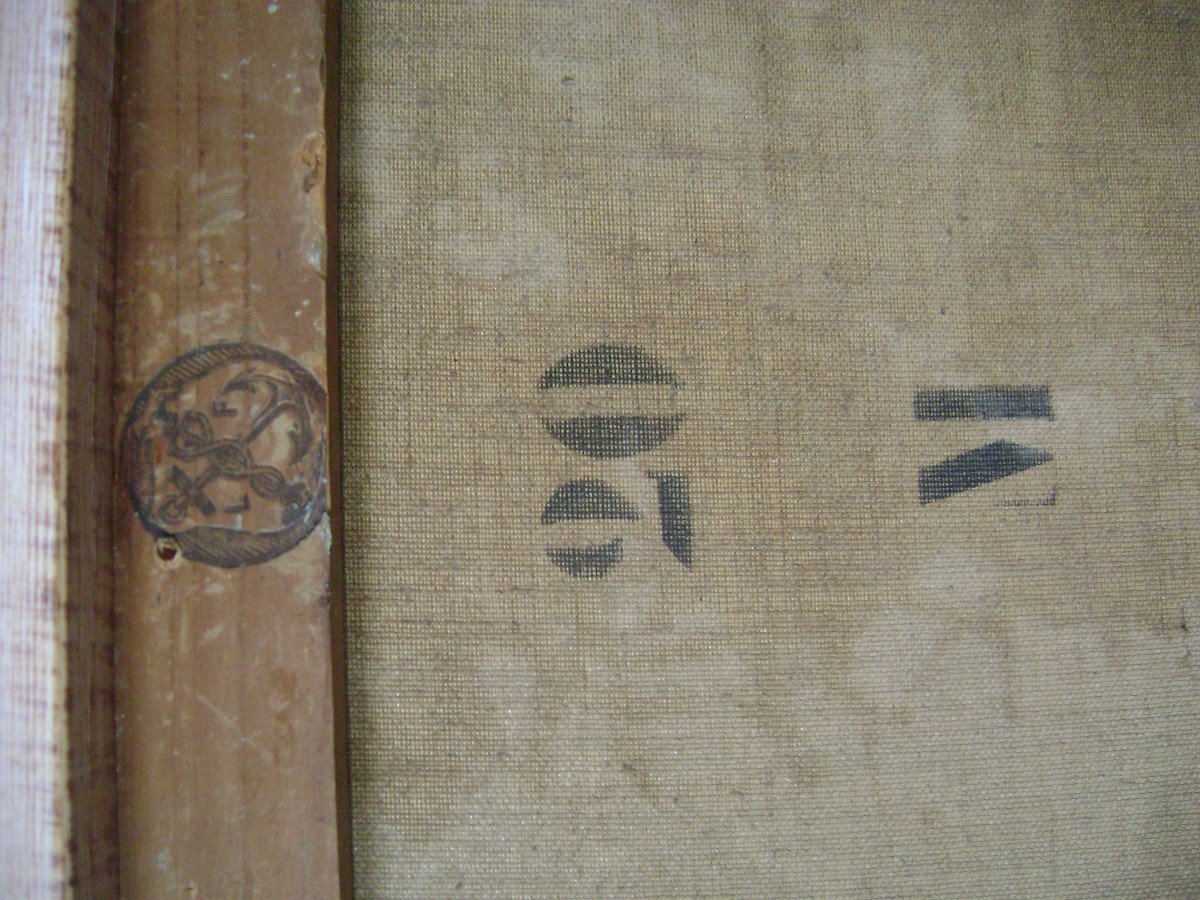
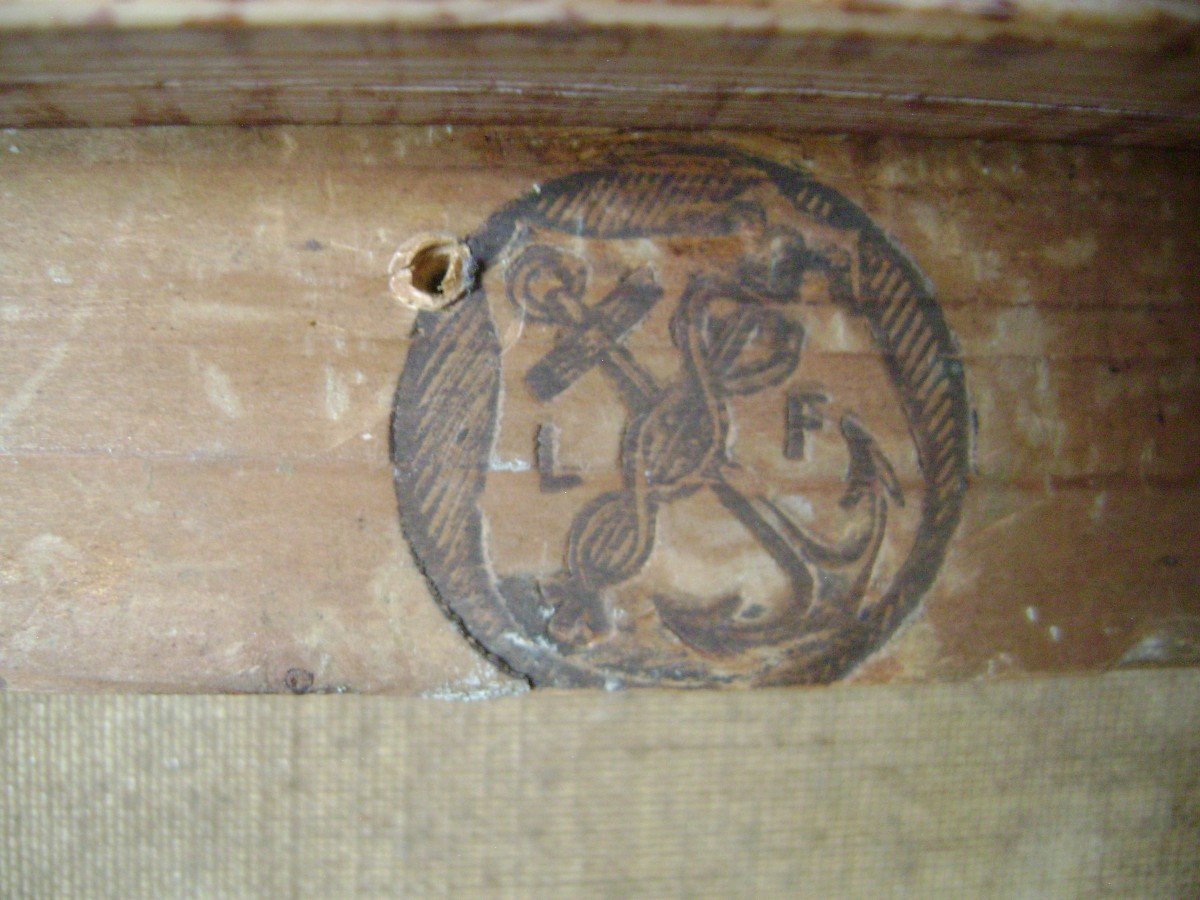









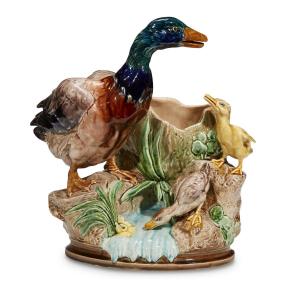






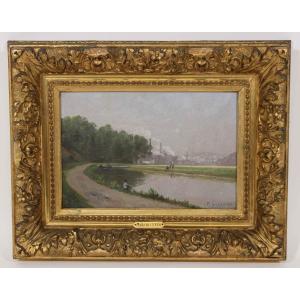

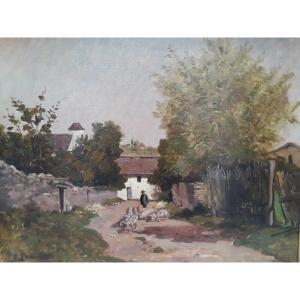

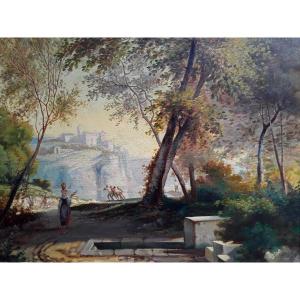
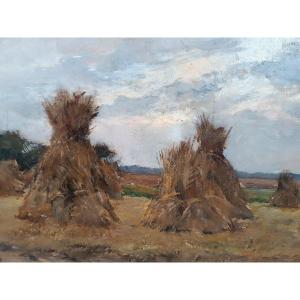




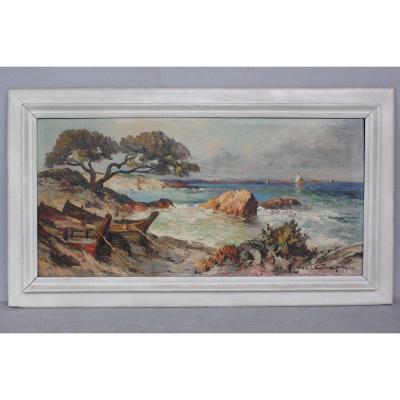
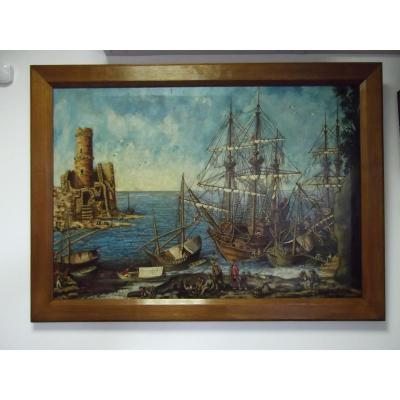




 Le Magazine de PROANTIC
Le Magazine de PROANTIC TRÉSORS Magazine
TRÉSORS Magazine Rivista Artiquariato
Rivista Artiquariato